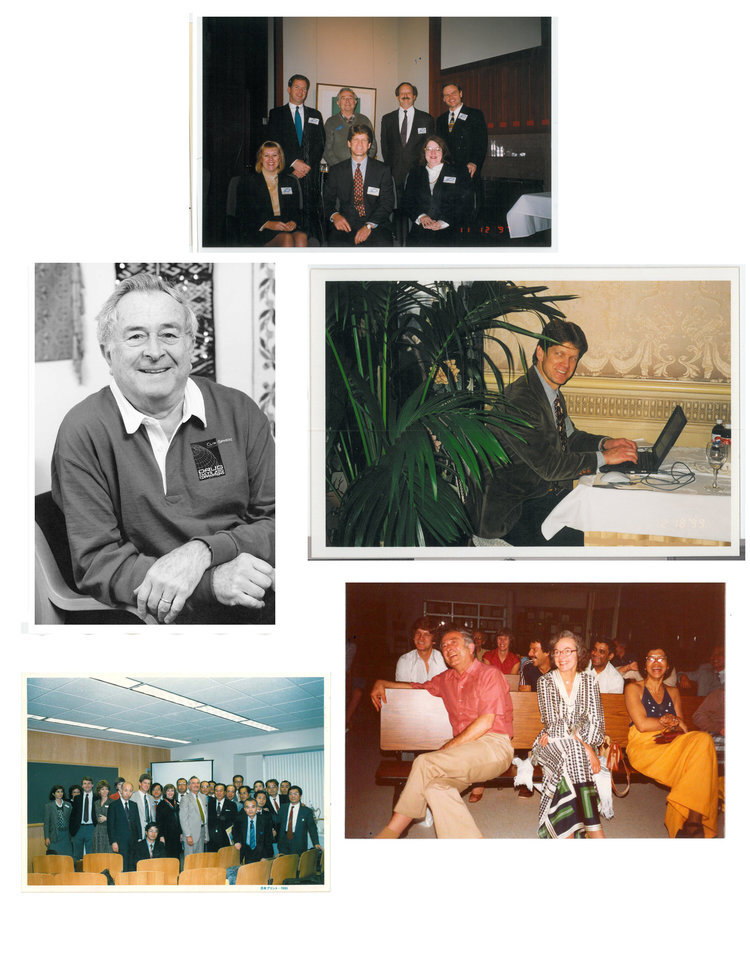
TUFTS CSDD HISTORY
Founded in 1976 at the University of Rochester in Rochester, New York by research pioneer and visionary Dr. Louis Lasagna, the Center for the Study of Drug Development (CSDD) was established to provide objective analyses and add an academic voice to policy debates on biopharmaceutical innovation. Indeed, in CSDD’s first annual report, Dr. Lasagna wrote:
“The idea behind our Center was to establish an academic focus for the gathering of relevant information and for scholarly analysis and interpretation, and through the publication of such research to raise the intellectual level of debate on questions of public policy.”
In the early years, CSDD focused primarily on the intersection of innovation by the research-based pharmaceutical industry and regulation by the U.S. Food and Drug Administration. One of CSDD’s earliest studies, conducted by the Center’s first Director, Dr. William Wardell, was a scholarly and comprehensive assessment of drug availability in the United States compared with the United Kingdom. The results were startling. Dr. Wardell documented that the U.S., relative to the U.K., experienced a substantial delay, in some cases over seven years, in the introduction of therapeutically important medicines in five major therapeutic categories The study concluded that this delay, termed the Drug Lag, was due in large part to an overly-cautious approach to drug review by the FDA, following the withdrawal from ex-U.S. markets of the teratogen thalidomide. The Drug Lag study’s findings ultimately became the subject of Congressional hearings in the United States and led to new FDA initiatives to speed drug approvals. Moreover, for over two decades, the Drug Lag was a key part of the litany for regulatory reform at the FDA.In 1984, CSDD moved with Dr. Lasagna to Tufts University School of Medicine in Boston, Massachusetts, where he served as the first Dean of the newly created Sackler School of Graduate Biomedical Sciences. Renamed the Tufts Center for the Study of Drug Development in 1988, the Center expanded its focus to include a broad range of economic, political, scientific, and legal issues affecting a diverse group of stakeholders across the global pharmaceutical landscape.Now, over four decades since its founding, Tufts CSDD remains the preeminent leader in objective and scholarly analysis and insight into the drug development process. Tufts CSDD research has informed and influenced drug developers, regulators, policy makers, academics, contract service providers, and investors worldwide. The Center’s multidisciplinary research staff continues to undertake path-breaking research that guides industrial R&D strategy, improves operational efficiency, and optimizes the impact of public policy. 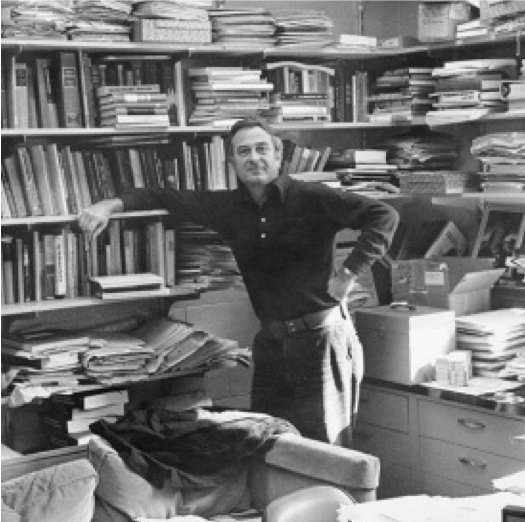
.jfif)
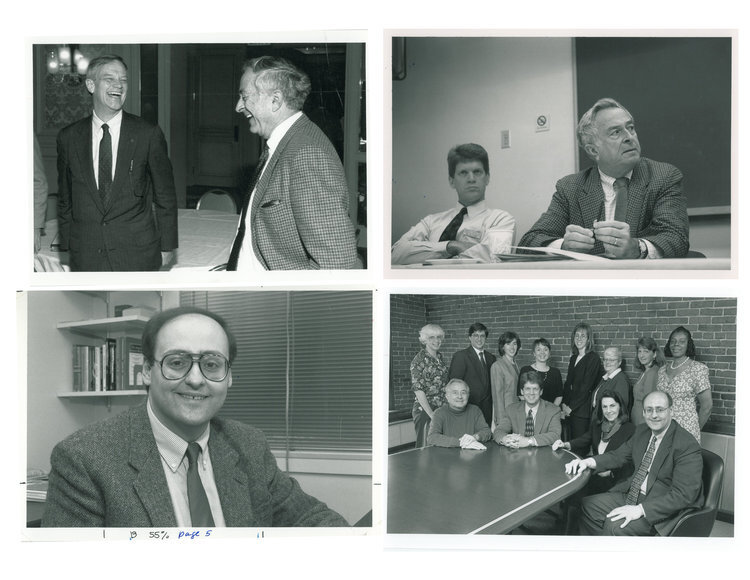
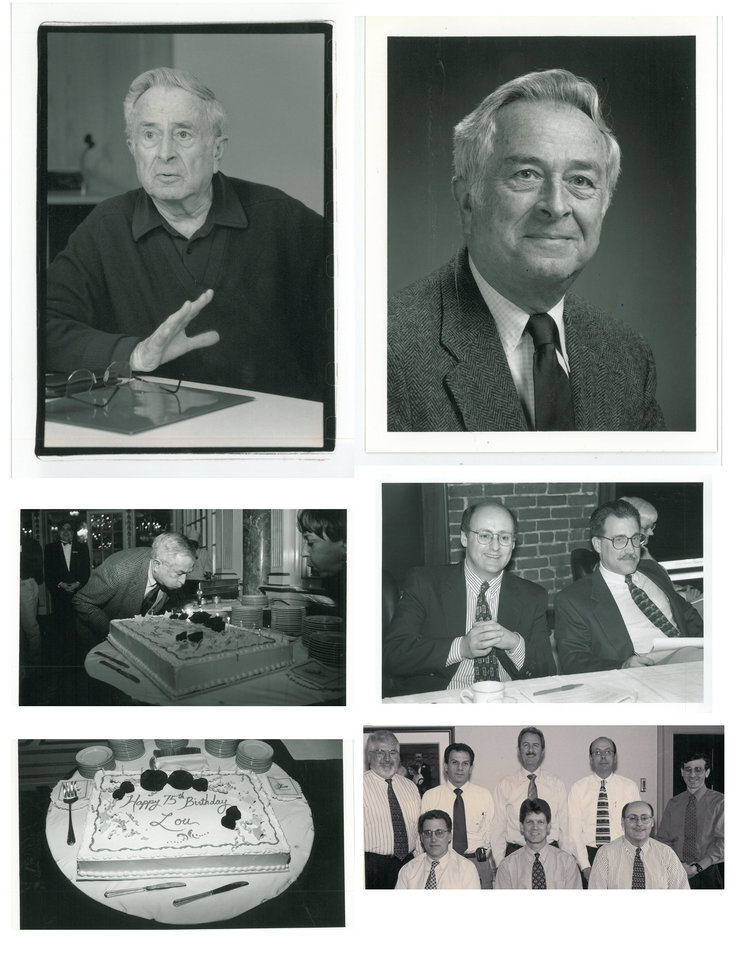
About Louis C. Lasagna, MD (1923–2003)
Dr. Louis Lasagna, beloved educator and gifted scholar, was a pioneer, a visionary, an intellectual, and a renaissance man. His accomplishments extend over a vast array of subjects. Through his teaching, he personally influenced the lives of thousands of individuals. Indirectly, his legacy continues to affect millions.In a remarkable career that spanned five decades, Dr. Lasagna worked and wrote extensively in the fields of clinical trial methodology, analgesics, hypnotics, and medical ethics. In 1954, he was the first to study and describe the now well-accepted placebo effect. Later he demonstrated the necessity of placebo-controlled clinical trials in studying analgesics, and he became a lifelong advocate of using rigorous scientific evaluation in the study of new drugs. His testimony in Congress at the 1962 Kefauver hearings was instrumental in establishing the efficacy requirement for new drugs in the Food, Drug, and Cosmetic Act.In addition to his pioneering work in clinical pharmacology and trial design, Dr. Lasagna was a tireless advocate of what he often referred to as “common sense drug regulation.” He was the first to document the fact that overly cautious regulation serves as a disincentive for innovation in the research-based drug industry and delays access to new medicines. His strong belief that solid data and analyses should serve as the basis for political discussions regarding drug policy led to his founding in 1976 of the Center for the Study of Drug Development. The group, now in its fourth decade, moved from the University of Rochester to Tufts University in 1984, when Dr. Lasagna joined the faculty of the Tufts University School of Medicine and became the new Dean of the Sackler School of Graduate Biomedical Sciences. Recognized as a leader in the science of drug regulation, Dr. Lasagna served on the Commission on the Federal Drug Approval Process, which reported its findings to Congress in April 1982. He was a member of the General Accounting Office’s Health Advisory Committee. He was chairman of the President’s "National Committee to Review Current Procedures for Approval of New Drugs for Cancer and AIDS" — also known as the "Lasagna Committee" — whose findings became the backbone of President George H.W. Bush’s Competitiveness Council FDA Reform Proposal in 1991. In 1990, he was appointed to Health Secretary Louis Sullivan’s "Blue Ribbon Panel" to examine FDA performance and recommend initiatives to improve efficiency at the agency. And in 1995 he served with three former FDA commissioners on the "Rogers Group" to prepare an agenda for FDA reform.In 1964, Dr. Lasagna wrote in a Time Magazine article that the Hippocratic oath, spoken by medical school graduates for generations, was in need of updating to make it more relevant to today’s physicians. He called for a worldwide competition to update the oath. His own entry, which suggested that “warmth, sympathy, and understanding” are often a physician’s most powerful tools, is today recited by doctors at graduation ceremonies at many medical schools across the United States. Dr. Lasagna worked tirelessly on behalf of intellectually disabled children. The father of a son with Down syndrome, Dr. Lasagna was a longtime advocate for better public understanding of the needs of intellectually disabled individuals. In 1988, the Kadima School for Special Children in Natanya, Israel, dedicated the Professor Louis Lasagna Building, which includes classrooms, consultation rooms, and an auditorium. Importantly, the addition raised the school’s enrollment capacity from 20 to approximately 150 students, essentially serving the entire country of Israel. Dr. Lasagna served as Dean of the Sackler School of Graduate Biomedical Sciences at Tufts University from 1984 to 2002. He also served as Director of the Tufts Center for the Study of Drug Development until 1998. He had the unique honor of having two endowed chairs named for him, at the University of Rochester School of Medicine and Dentistry and at Tufts University School of Medicine. In 1997, his seminal 1954 article on the placebo effect was ranked by Lancet editor Richard Horton as among the world’s 27 most notable achievements in a medical canon going back to Hippocrates.Personable, compassionate, modest, a lover of music and the arts, Dr. Lasagna was an educator and scholar in a class by himself. The author of over 500 books, articles, reports, and commentaries, Dr. Lasagna was the recipient of numerous honors and awards, including honorary Sc.D. degrees from Hahnemann Medical School (1980) and Rutgers University (1983), and an honorary doctoral degree from the University of Alcalá in Spain (1998).Dr. Lasagna died on August 6, 2003 following a long battle with lymphoma. He was 80 years old.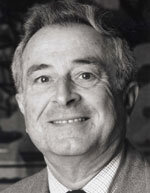
A video tribute to Louis Lasagna, presented by Public Responsibility in Medicine and Research (PRIM&R) and Tufts Center for the Study of Drug Development (CSDD).